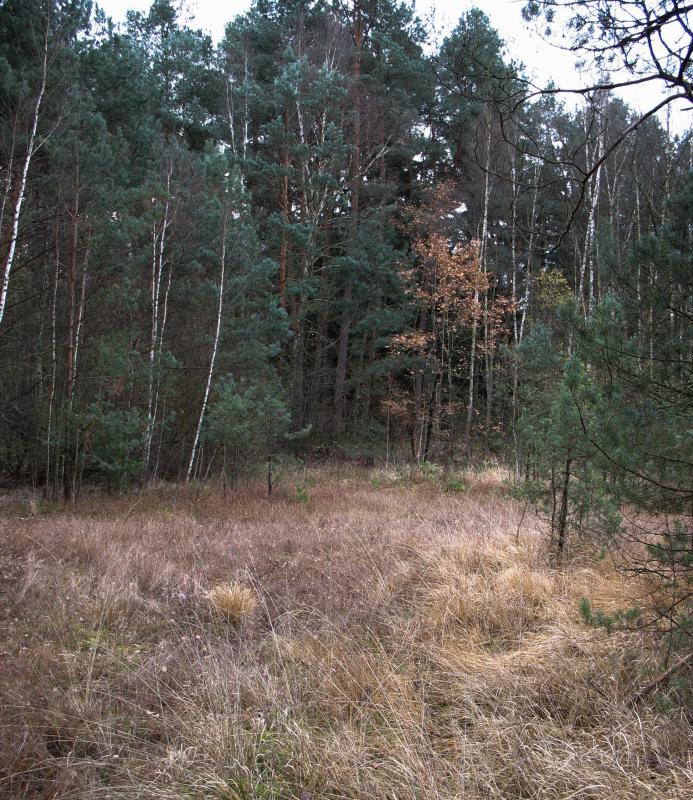At AllThingsNature, we're committed to delivering accurate, trustworthy information. Our expert-authored content is rigorously fact-checked and sourced from credible authorities. Discover how we uphold the highest standards in providing you with reliable knowledge.
What is Salvage Logging?
Salvage logging is the practice of removing timber from areas damaged by natural disaster. There are a number of reasons why salvage logging is performed and the practice is controversial in some regions of the world. A number of studies conducted in the 1990s and early 2000s suggested that many of the arguments for salvage logging were not based in scientific inquiry and that the practice can actually be quite damaging. However, researchers also identified the need for additional study to fully explore the impacts of salvage logging before making any final policy decisions.
Forests can be damaged by wildfires, earthquakes, hurricanes, insect infestations, and a number of other natural disasters. One of the key environmental arguments for clearing the forest area is that it is supposed to help allow regrowth to occur. There are also economic arguments, based on selling the timber to raise funds, as well as aesthetic ones; damaged forests are not pleasant to look at and clearing out dead trees and brush can create a cleaner appearance. Finally, some advocates argue that salvage logging reduces the risk of wildfires by removing dead organic material that could act as tinder.

Under these arguments, salvage logging has been conducted by both government agencies and private companies. Environmental restrictions are relaxed for salvage logging operations to facilitate rapid and efficient removal of damaged plants and trees. The resulting timber is sold on the open market and can be used for a variety of purposes.
Some environmentalists believe that salvage logging is harmful. Studies comparing salvage logged forests with forests that are left alone showed that leaving forests alone actually facilitated more rapid recovery from natural disasters. Human activity can destroy seedlings and damage the soil, making it harder for a forest to regrow after a disaster and contributing to topsoil losses and declines in biodiversity. In addition, studies have shown that this logging practice may actually increase the severity of wildfires.

Furthermore, salvage logging is not very profitable. The timber is often too damaged to be very valuable and the cost of extracting it may actually exceed the potential sales price. This, combined with so-called “green salvage,” where living trees are removed along with dead ones in poorly supervised operations, may be used as a cost-based argument to leave forests alone after a disaster and allow them to recover naturally.
Frequently Asked Questions
What exactly is salvage logging?
Salvage logging is the practice of harvesting trees from forests that have been damaged by natural disturbances, such as wildfires, storms, or insect outbreaks. The goal is often to recover economic value from the timber, reduce fuel for future fires, and sometimes to facilitate forest regeneration, although the ecological benefits are subject to debate.
How does salvage logging impact forest ecosystems?
Salvage logging can have mixed impacts on forest ecosystems. While it may provide economic benefits and reduce wildfire risks, it can also disrupt soil structure, remove habitat for wildlife, and interfere with natural regeneration processes. According to studies, salvage logging can sometimes lead to reduced biodiversity and altered species composition in the long term.
Is salvage logging considered sustainable forestry?
Whether salvage logging is sustainable depends on how it's implemented. Sustainable forestry aims to maintain the health of forest ecosystems while allowing for timber extraction. If salvage logging is conducted with careful planning to minimize environmental impact and support forest recovery, it can be part of a sustainable forestry approach.
Does salvage logging help prevent future wildfires?
Salvage logging can potentially reduce future wildfire risks by removing dead trees that would otherwise add to the fuel load. However, the effectiveness varies and sometimes the disturbance caused by logging equipment can create conditions that promote the growth of more flammable vegetation, potentially increasing future fire risk.
What are the economic benefits of salvage logging?
The primary economic benefit of salvage logging is the recovery of timber value from trees that would otherwise decompose. This can provide a financial return to landowners and support local economies, especially in timber-dependent communities. It also creates jobs related to the logging and transportation of the wood.
How does salvage logging affect wildlife and their habitats?
Salvage logging can significantly affect wildlife by removing dead or dying trees that serve as critical habitats for many species. Snags (standing dead trees) and downed logs provide nesting sites, shelter, and food sources. Removing these features can displace species and reduce habitat complexity, which is crucial for biodiversity.
AS FEATURED ON:
AS FEATURED ON:












Discuss this Article
Post your comments